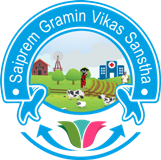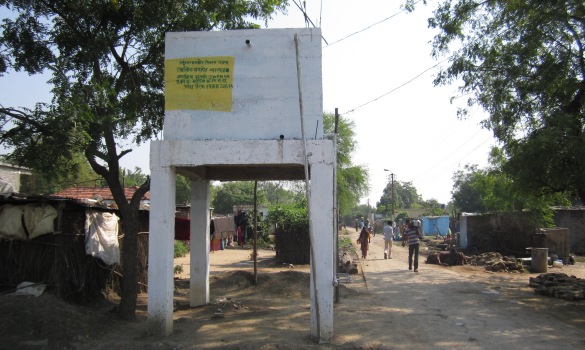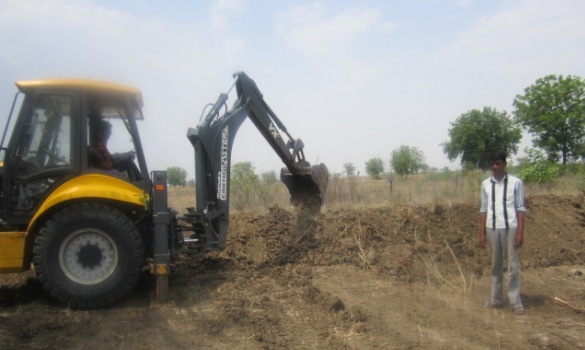IWMP
("Integrated Watershed Management Programme" Now it comes under PMKSY )
The main objectives of the IWMP are to restore the ecological balance by harnessing, conserving and developing degraded natural resources such as soil, vegetative cover and water. The outcomes are prevention of soil run-off, regeneration of natural vegetation, rain water harvesting and recharging of the ground water table. This enables multi-cropping and the introduction of diverse agro-based activities, which help to provide sustainable livelihoods to the people residing in the watershed area. Other objectives are,
- To extend micro watershed to create sustainable livelihood opportunities for the inhabitants.
- To catalyze the formation of village groups for mobilizing their environment activities through SHG initiatives.
- To facilitate the people for sustainable economic development along the watershed lines.
- Completely Customizable
- Free & Dedicated Support
- Fully responsive layout
Now it comes under PMKSY Prime Minister Krishi Sinchayee Yojna (Watershed Development Component) (WDC-PMKSY) is a modified programme of erstwhile Drought Prone Areas Programme (DPAP), Desert Development Programme (DDP) and Integrated Wastelands Development Programme (IWDP) of the Department of Land Resources. This consolidation is for optimum use of resources, sustainable outcomes and integrated planning. The scheme was launched during 2009-10. The programme is being implemented as per Common Guidelines for Watershed Development Projects 2008. The main objectives of the WDC-PMKSY are to restore the ecological balance by harnessing, conserving and developing degraded natural resources such as soil, vegetative cover and water. The outcomes are prevention of soil erosion, regeneration of natural vegetation, rain water harvesting and recharging of the ground water table. This enables multi-cropping and the introduction of diverse agro-based activities, which help to provide sustainable livelihoods to the people residing in the watershed area.
The salient features of WDC-PMKSY are as below:
- Setting up of Dedicated Institutions with multi-disciplinary experts at State level - State Level Nodal Agency (SLNA), District level - Watershed Cell cum Data Centre (WCDC), Project level - Project Implementing Agency (PIA) and Village level - Watershed Committee (WC).
- Cluster Approach in selection and preparation of projects: Average size of project - about 5,000 ha.
- Enhanced Cost Norms from Rs. 6000 per ha. to Rs.12,000/ha. in plains; Rs.15,000/ ha in difficult/hilly areas
- The funding pattern between Centre and State in the erstwhile IWMP was 90:10. The funding pattern under Watershed Development Component of PMKSY is 60:40 between Centre and the States for all the States except North-Eastern States and Hill States (J&K, H.P & Uttarakhand). For the North-Eastern States and Hill States (J&K, H.P & Uttarakhand) the funding pattern between Centre and the States is 90:10. For Union Territories, the scheme will be funded 100 percent by the Central Government. Letter Regarding Approved Funding Pattern.
- Release of central assistance in three installments (20%, 50% & 30%) instead of five installments.
- Flexibility in the project period i.e. 4 to 7 years
- Scientific planning of the projects by using IT, remote sensing techniques, GIS facilities for planning and monitoring & evaluation
- Earmarking of project funds for DPR preparation (1%), Entry point activities (4%), Capacity building (5%), Monitoring (1%) and Evaluation (1%).
- Introduction of new livelihood component with earmarking of project fund under Watershed Projects i.e. 9% of project fund for livelihoods for assetless people and 10% for production system & micro-enterprises
- Delegation of power of sanction of projects to States.
SGVS is working as a PIA, PTO, LRA in various district of Maharashtra.



